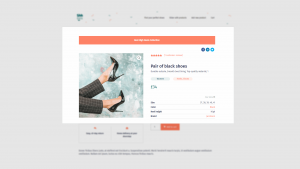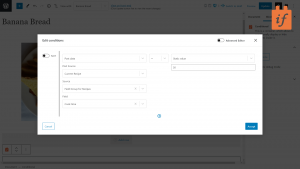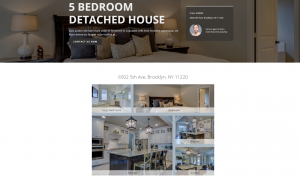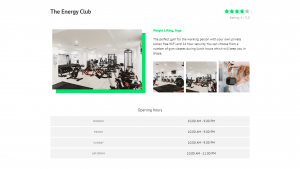Once you’ve created the custom types, fields and taxonomy for directory items, it’s time to design a template that will display listings on the site’s front-end.
Before you begin designing a template, remember that you need some test content. You should create several listing entries in the WordPress admin, so you can design and preview your templates.
Creating Templates to Display Custom Posts
Learn how to create Content Templates for the items in your directory site. Your templates will have your fully-custom design and display the fields and taxonomy that you've added to the custom type.
Assigning Templates to Posts Conditionally
You can create different templates for different types of items in your directory. Then, set conditions for when to use which template. You can base these conditions on WordPress fields, custom fields, taxonomies, and more.
Display Content Conditionally
Many listing sites will need to show some pieces of information conditionally. You can show and hide parts of the template based on fields and taxonomy.
Dynamic Galleries and Sliders for Templates, Displaying Repeating Image Fields
Images are often a central part of any directory site. Learn how to display images for the directory items as dynamic galleries and sliders.
Creating and Displaying Repeatable Field Groups
Many directory items need to show tables of data. For example, you may need to show "opening days and hours". The best way to implement this is using Toolset's Repeatable Field Groups.




